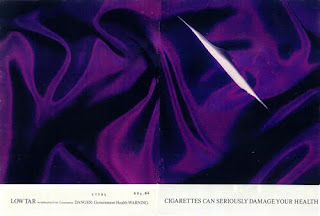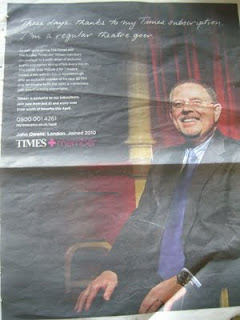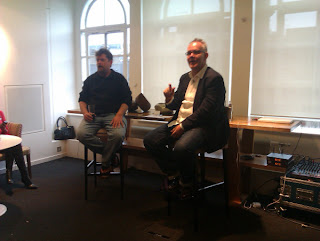Who are your best customers (and why many don't know)?
Some time ago, I was at the box office when a major donor who lives out of town came up to the window. I instantly recognized her even though she hadn't visited us in quite some time. After warmly welcoming her back, I stepped away briefly to attend to another matter, and when I returned to continue our conversation, I was startled to see that she was being charged an exchange fee to transfer into another performance. When I inquired, the box office associate rightly told me that she wasn't a subscriber, and that waiving exchange fees was a subscriber benefit. In this case, the patron wasn't a subscriber because she lived thousands of miles away, however she was an incredibly generous donor, giving both to our annual fund and our campaign. Her giving over the years easily made her one of our most valuable customers, but because she wasn't a subscriber, the box office didn't grant her one of our entry level benefits. This wasn't a human error, but a systemic one....














